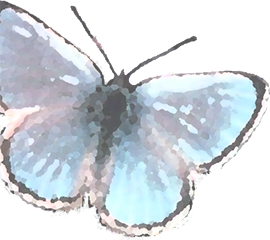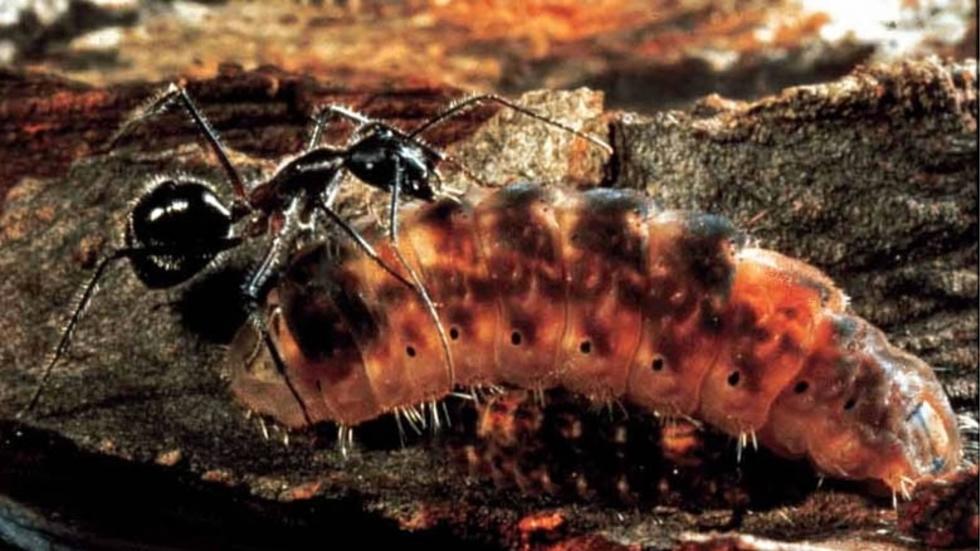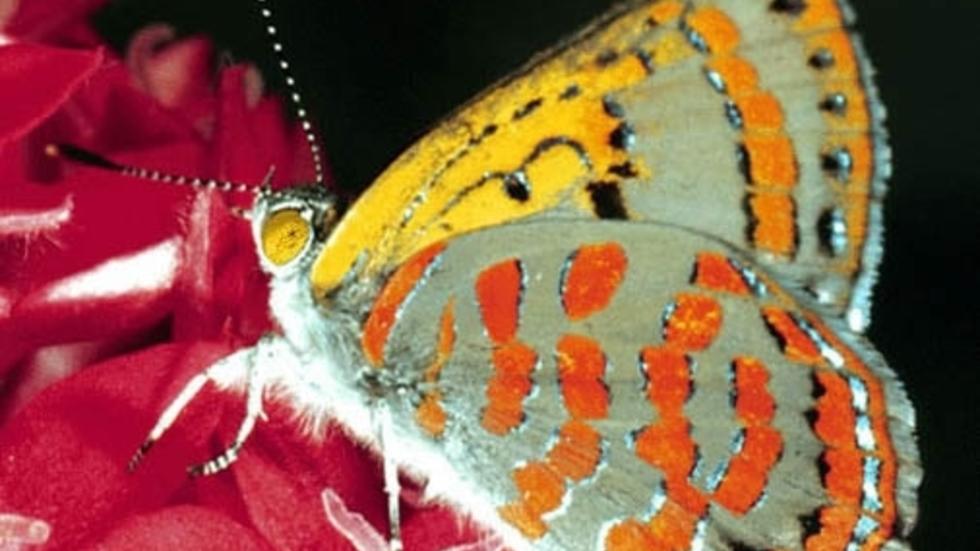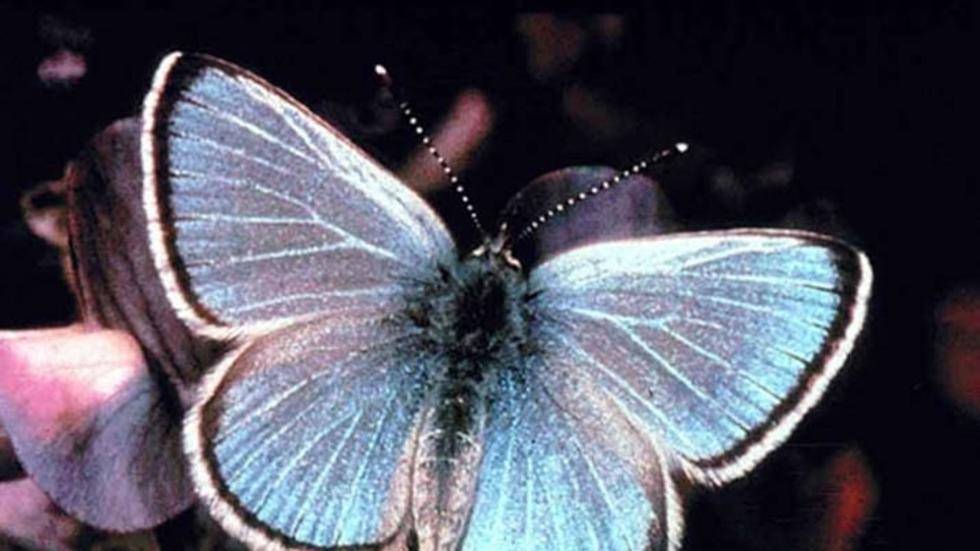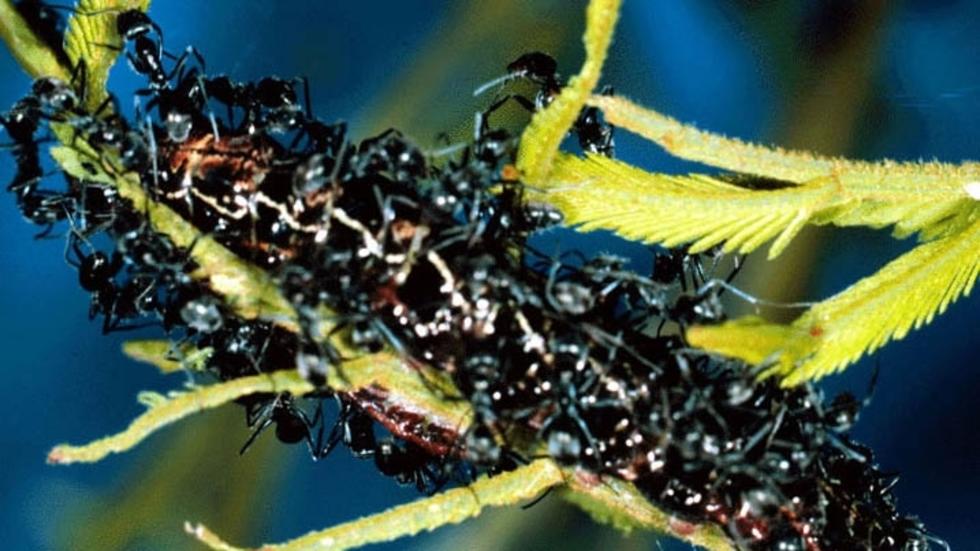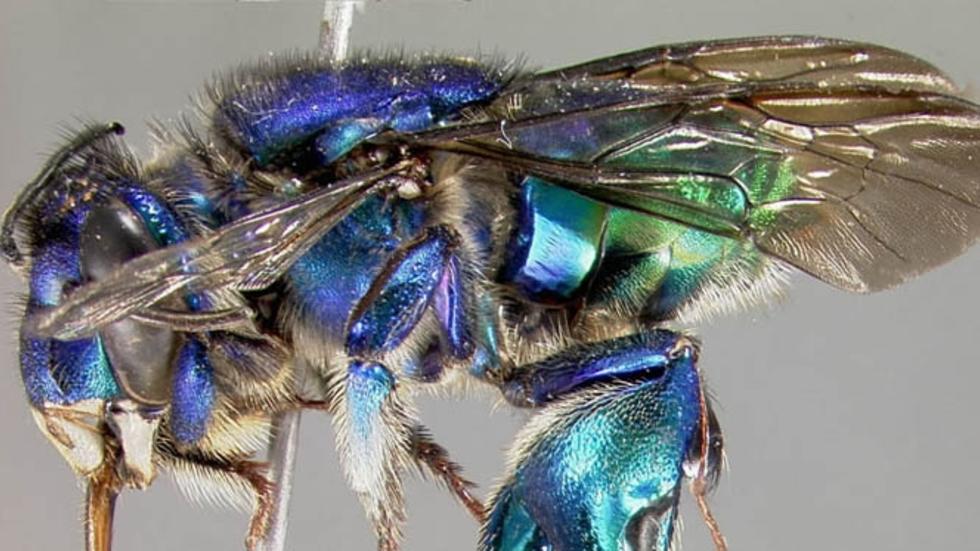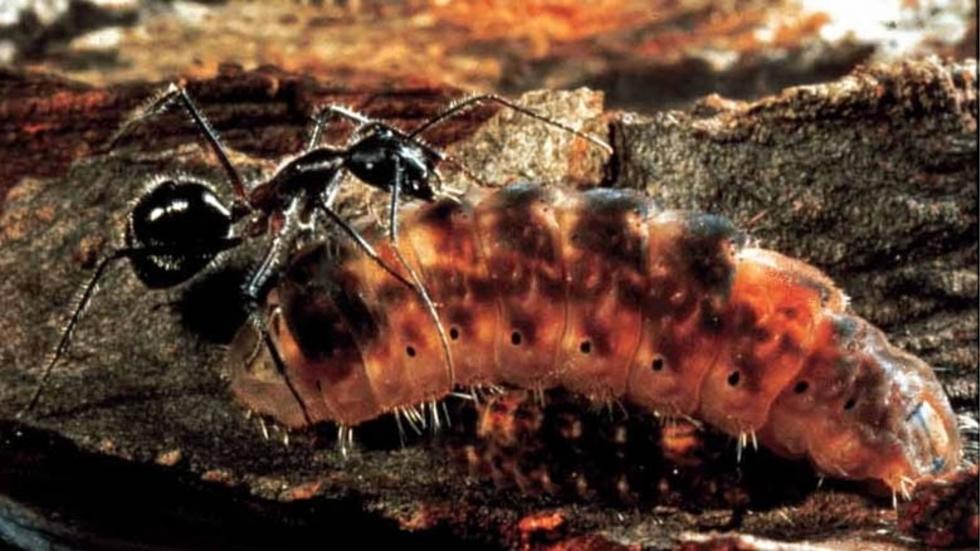
Welcome to the Pierce Lab
We study the behavioral ecology of species interactions, including insect–plant associations, and symbioses between insects, microbes and other organisms. To do this we combine a range of experimental and computational approaches involving molecular systematics, field ecology, laboratory analyses, comparative genomics and specimen-based museum surveys. Recent projects include analyses of ‘third party’ fungal and bacterial associations in African ant plants; evolution of caterpillar-ant associations in the Lycaenidae and Riodinidae ; phylogeny and comparative life history evolution of butterflies and other Lepidoptera; evolution of sensory perception and signaling in nocturnal and diurnal Lepidoptera; pollination biology; evolution and community ecology of microcosms living in the pitchers of pitcher plants; and biomimicry and engineering lessons drawn from the interaction between infrared light and the microstructures of insect cuticle. We mostly work on non-model organisms, but at a functional level, we have explored proximate mechanisms underlying interactions between Arabidopsis, Pseudomonas syringe and a number of herbivorous insects. We are also conservation biologists, and much of our recent work in this area has focused on surveying patterns of biodiversity in Ailaoshan Nature Reserve in Yunnan, China as well as the Hengduan mountains of the Eastern Himalaya.
- Evolution of symbiosis
- Phylogeny, biogeography and systematics
- Functional analyses of plant–insect–pathogen interactions
- Biodiversity and life history evolution of insects
